Understanding the Basics of Corrosion
Corrosion is an inevitable challenge that affects all metal structures and components. It’s the process by which metals react with their environment, leading to material degradation and loss. This interaction is not merely a surface-level issue; it’s a complex electrochemical reaction that can compromise the internal structure of the affected material. Various elements, such as oxygen and moisture, act as catalysts, hastening this degradation process, while environmental factors like pollutants and temperature can accelerate or compound the effects of corrosion.
Recognizing the signs and understanding the mechanisms of corrosion is critical for any industry relying on metal infrastructure or machinery. Knowledge of different corrosion forms, such as uniform corrosion, pitting, galvanic corrosion, and crevice corrosion, equips professionals with the ability to identify potential problems early on. This understanding underpins the development of protective measures, including material selection, coatings, cathodic protection, and design modifications, which can significantly reduce the risk and impact of corrosion on valuable assets.
The Importance of Corrosion Monitoring
Corrosion monitoring stands as a guardian against the insidious nature of material decay. It is not just a protective measure but a strategic tool that informs the maintenance and operational decisions of countless industries. Through consistent monitoring, engineers and maintenance teams can detect the early signs of corrosion, often before any visible damage occurs. This proactive approach allows for timely interventions, which can localize repairs and prevent widespread damage, ultimately saving significant resources and investment in the long term.
Moreover, the benefits of corrosion monitoring extend beyond financial savings. It is a critical component in ensuring the safety and reliability of structures and systems. For instance, in sectors like oil and gas, transport, and public infrastructure, where failure can result in dire consequences, maintaining the integrity of metal components is non-negotiable. Corrosion monitoring not only helps in maintaining structural integrity but also ensures compliance with safety regulations and environmental standards. By integrating regular corrosion assessments, organizations demonstrate due diligence and a commitment to operational excellence and public safety.
What is Corrosion?
Corrosion is a natural phenomenon that occurs when metallic materials undergo degradation as a result of chemical or electrochemical reactions with their environment. This process can lead to significant material and structural damage over time. At its core, corrosion is the result of a metal striving to return to a more stable, lower energy state, usually its ore form.
The Chemical and Electrochemical Process
Chemically, corrosion can occur when a metal reacts directly with oxygen, water, acids, or other chemicals in the environment. For instance, the rusting of iron is a well-known example of a chemical reaction with oxygen and moisture. The iron reacts with oxygen to form iron oxide, which is brittle and lacks the strength and integrity of the original iron.
Electrochemically, corrosion involves a more complex series of reactions. It includes the movement of electrons from high-energy areas of the metal (anodes) to low-energy areas (cathodes). In an aqueous environment, the presence of an electrolyte, such as saltwater, facilitates this electron transfer. The metal at the anode dissolves into the electrolyte, leading to material loss, while a reduction reaction typically occurs at the cathode. This electrochemical process is the principle behind various forms of corrosion like galvanic, pitting, and crevice corrosion.
Understanding the electrochemical nature of corrosion is critical because it highlights the conditions under which metals corrode and the factors that can accelerate or inhibit the process. These insights are vital for developing corrosion-resistant materials and implementing protective measures such as coatings, cathodic protection, and control of environmental conditions.
By examining the specific conditions that lead to corrosion, engineers and scientists can predict where corrosion is most likely to occur and how fast it will progress. This knowledge is essential for the correct design and material selection in construction, manufacturing, and other areas where metals are exposed to potentially corrosive environments. Moreover, understanding the electrochemical process of corrosion is the foundation for effective monitoring and maintenance strategies that can prolong the life of metal components and structures.
Types of Corrosion
There are many forms of corrosion, each with its own unique characteristics and effects.
Uniform corrosion is the most common form, which uniformly affects the entire surface. Metal is uniformly thinned, usually resulting in a tarnished surface. This type is often used as an indicator of the corrosive environment. Regular inspection can detect and mitigate uniform corrosion.
Galvanic corrosion occurs when two different metals come into contact in a corrosive electrolyte. The more active metals corrode, while the more expensive metals remain unchanged. Designers must take this into account when choosing metal pairing materials.
Pitting targets small areas, resulting in deep and narrow pits. It is hidden and often goes undetected until it causes significant damage. Due to its local nature, cavitation can lead to severe structural failure.
Crevice corrosion occurs in sheltered areas where stationary solutions may accumulate. These areas include washers, gaskets, and under-fastener heads. Adequate design and appropriate material selection can reduce the risk of crevice corrosion.
Intergranular corrosion attacks the grain boundaries of the alloy. This type weakens the internal structure of the metal without affecting its overall appearance. Manufacturers must carefully control the alloy composition to prevent this corrosion.
Stress corrosion cracking combines corrosion attack and tensile stress. This can lead to unexpected and sudden failures of metal structures. Preventive measures include stress relief treatments and careful material selection.
Resistance monitoring tracks corrosion by measuring changes in metal resistance. This method provides insight into the rate of metal loss. The industry has adopted it because of its simplicity and effectiveness.
Measuring metal losses is critical to assessing the severity of corrosion. Techniques such as weightlessness measurement and ultrasonic thickness measurement are popular. They guide maintenance decisions and help predict service life.
It has a wide range of applications in industry. From pipes to bridges, corrosion monitoring is essential. It ensures the reliability and safety of operations.
Linear polarization resistance (LPR)
Linear polarization resistance (LPR) monitoring is a technique for evaluating real-time corrosion rates. It deduces the corrosion rate by measuring the polarization resistance. LPR is very valuable for making decisions about corrosion protection strategies.
Electrochemical science is the basis of corrosion monitoring. It explains how corrosion occurs and how to measure it. Understanding this science is essential for effective corrosion control.
With real-time corrosion rates, the industry can react quickly to corrosion problems. They can plan maintenance, optimize processes, and prevent breakdowns. This proactive approach saves money and improves safety.


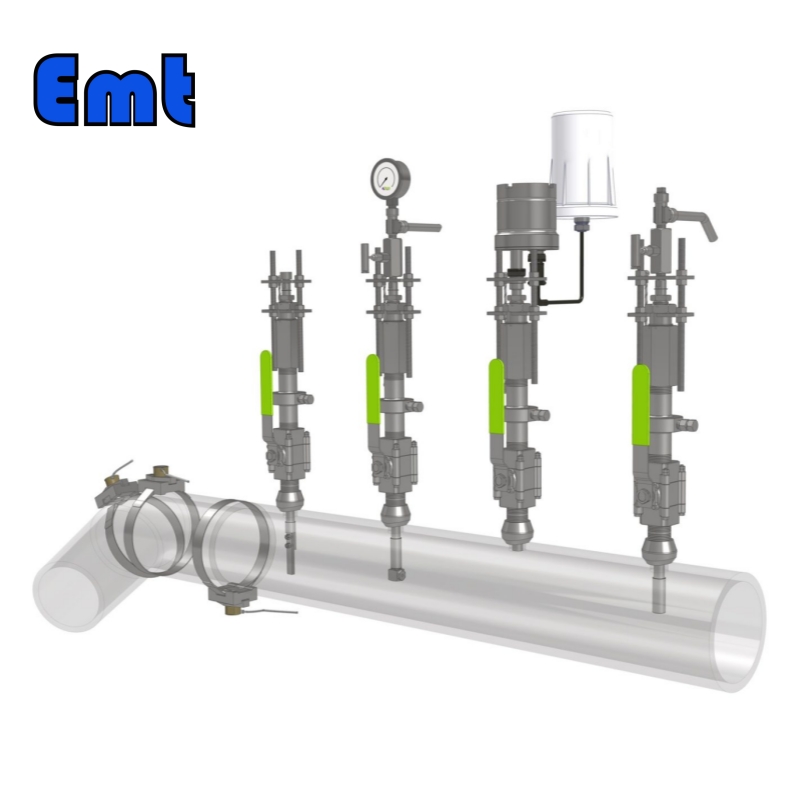

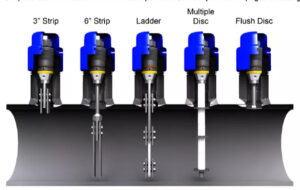
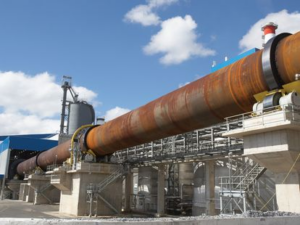
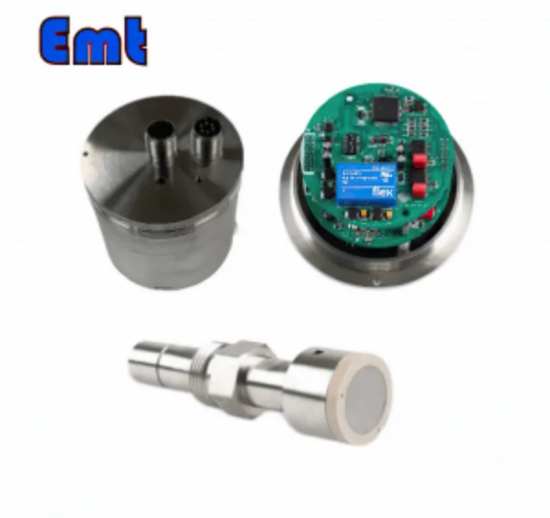
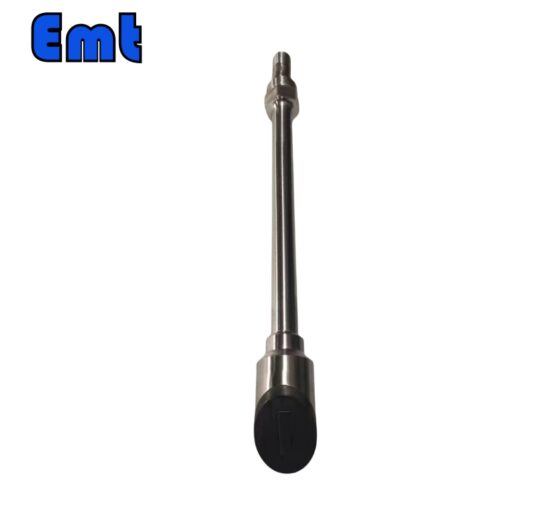
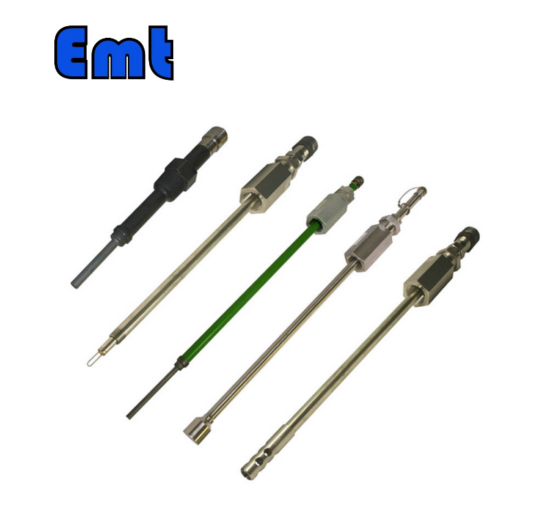
There are no reviews yet.